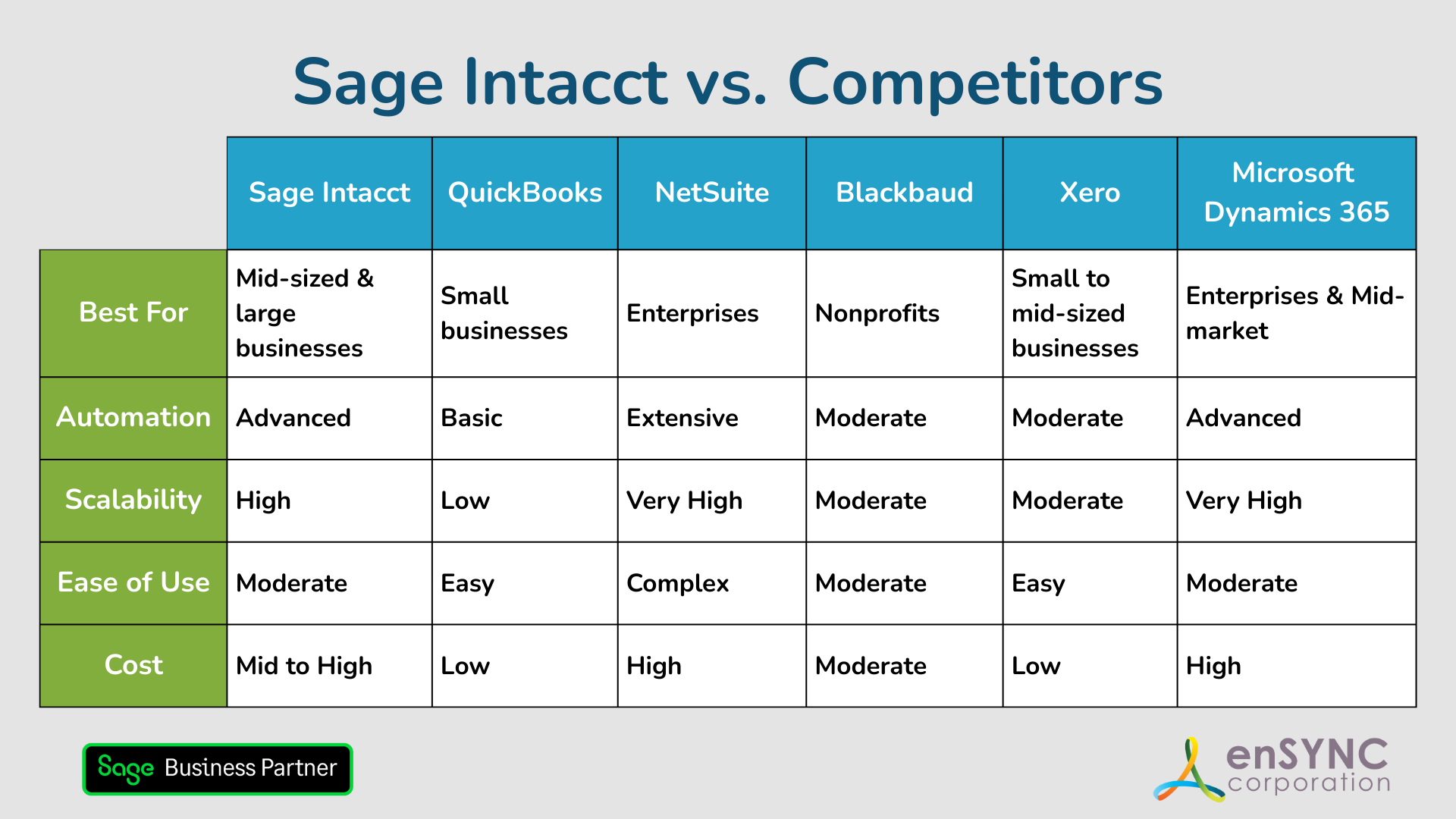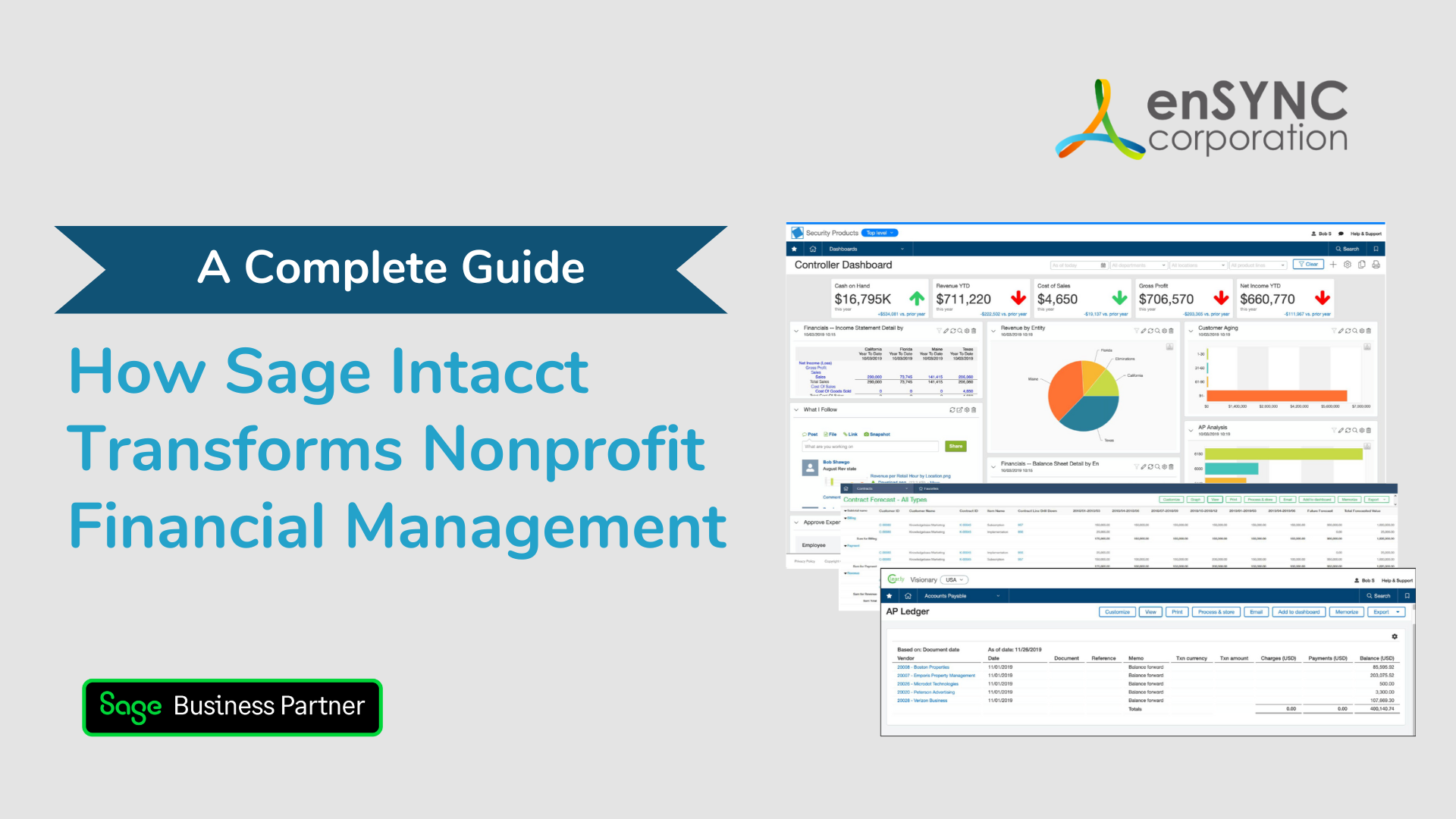Strategy & planning | Financial management | Nonprofits
Nonprofit Financial Stewardship: Four Key Areas of Focus — Updated for 2023
March 9, 2021
|
The desire to serve and make a positive impact makes the goals of nonprofit organizations very different when compared to profit-seeking corporations. Most are born out of a mission to make a difference in the world, however that mission must be bolstered with sound financial management that ensures long-term success.
Creating value for stakeholders and managing finances requires striking a balance. A nonprofit financial stewardship executive must have the skills to understand sophisticated financial reporting. This ensures that nonprofit leadership can guide their financial officers while making strategic decisions based on practical financial management principles - all while keeping the nonprofit’s vision in their line of sight at all times.
The financial rules are the same for both profit-seeking and nonprofit organizations
Principles of sound financial management apply to all organizations, nonprofits included. Understanding the delicate balance between fulfilling the nonprofits’ mission, ensuring effective internal controls, and making an impact is paramount to overall success. No organization is immune to that reality!
Nonprofit stewardship requires adequate planning and financial resource management. Accordingly, learning stewardship concepts and techniques represents a unique learning experience. Nonprofits especially can benefit from techniques for strategic management, coupled with concepts of good financial planning that can fulfill goals and objectives unique to the organization.
Understanding the delicate balance between fulfilling the nonprofits' mission, good financial management and making an impact is paramount to overall success.
The Nonprofit Financial Stewardship program at the Harvard Kennedy School outlines four key areas of focus for implementing effective nonprofit financial stewardship, including:
1. Establishing goals and objectives
Establishing a mission is the first step. Creating goals and objectives is the next step that will bring the mission to fruition.
Goals are desired results, and objectives define the specific and measurable actions that must be taken to achieve those goals. Along with clarifying goals and objectives, techniques for measurement must also be in place to track progress.
Following the clarification of that foundation, a definitive financial plan can be put into place that allows organization managers to interact and take action towards achieving those goals.
2. Understanding financial statements
Most nongovernmental organization managers understand accounting and financial statements. Figuring out how financial statements work is the next essential step that must be taken towards achieving the organization’s goals and objectives.
All organizations face financial challenges. Learning how to analyze financial statements and linking them to those challenges is essential to solving complex financial problems that burden the organization’s overall mission.
3. Analyzing financials using tools, frameworks, and concepts
Sourcing, managing, and allocating funds is central to sound financial planning. The use of tools, frameworks, and concepts empowers financial managers by providing an enhanced understanding of the organization’s financial health.
Key concepts include accounting metrics, financial ratio analysis, and related tools that help management plan, organize, direct, and control the organization’s economic activities.
4. Budgeting and resource allocation
Nonprofit organizations understand the importance of efficient budgeting and resource allocation - especially in times of severe economic volatility. Declining economic output, reduced donations and budget cutbacks often hit nonprofits the hardest. Employing sound financial management principles is essential towards future-proofing the organization so that services continue during challenging economic times.
Nonprofit financial stewardship is essential to your organization’s success
Employing critical concepts of nonprofit financial stewardship is essential to the long-term success of your nonprofit organization. James Honan of Harvard Kennedy recently said in an interview that “if you stop listening and learning, you're going to be in big trouble as a leader, especially if you've been in the work for quite some time. I see a tight connection between leadership and learning, and that's where the innovation comes.”
Students that interact with professor James Honan understand that despite his wide range of experience, it is a desire for learning that keeps an employee - whether it is an intern or a board member - up to date with a wide range of skills. Most nonprofits have the desire to impact the world - effective financial planning will help them achieve their mission.
Whether it is on the job or as part of an executive program, studying nonprofit financial stewardship concepts provides an excellent learning opportunity for nonprofit employees. Besides learning about nonprofit finances, enhanced training can act as a springboard that will propel an organization's mission towards a prosperous future destined to benefit all stakeholders.
Recent Posts

Sage Intacct vs. Competitors: Finding the Best Accounting Solution for Your Nonprofit
Choosing the right accounting software is a critical step for any organization — and a deeply personal one, too. How to choose the accounting...

How Sage Intacct Transforms Nonprofit Financial Management: A Complete Guide
Staying on top of financial management is crucial for all businesses, especially nonprofits. Nonprofits often have limited resources and handle...
Enjoying our blog?
At enSYNC, we want to empower associations and nonprofits to make well-educated decisions. If you want our industry knowledge (and other free guides) sent directly to your inbox, fill out the form below.


-2.png?width=755&height=200&name=Copy%20of%20enSYNC%20-%20Blog%20CTA%20-%20Buying%20Guide%20Association%20Management%20System%20for%20Legal%20Organizations%20(1)-2.png)

